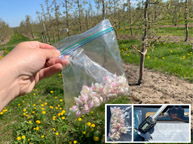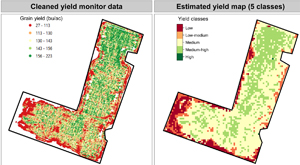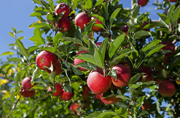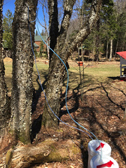
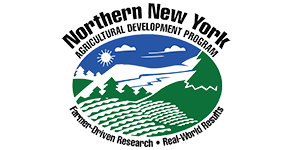
May 5, 2021 The New York State Senate and Assembly unanimously passed legislation re: the production, sale, branding, and labeling of birch syrup and birch sugar (read more about this legislation at Morning Ag Clips, 05/04/21). The NNYADP funded a 2018 season comparison of birch and maple sap yields per the timing of tapping schedules for birch syrup production at the Uihlein Maple Research Forest in Lake Placid. To read the results, see the final report at https://nnyagdev.org/wp-content/uploads/2018/12/NNYADP19Maple2018Final-18.pdf.
At left above, birch trees with tapping lines. Photo: Uihlein Maple Research Forest, Lake Placid, NY.
Funding for the Northern New York Agricultural Development Program is supported by the New York State Legislature and administered by the New York State Department of Agriculture and Markets.
